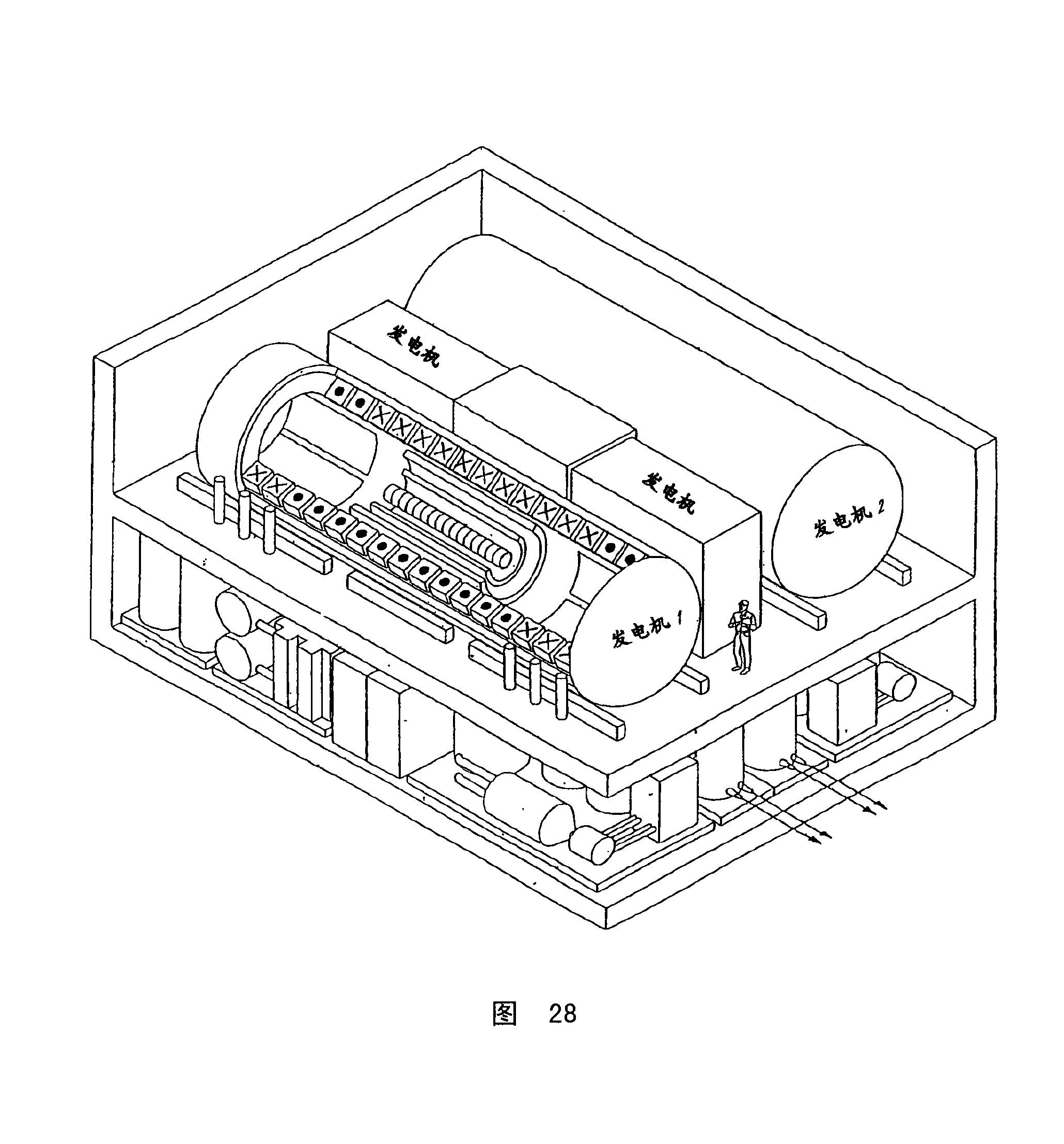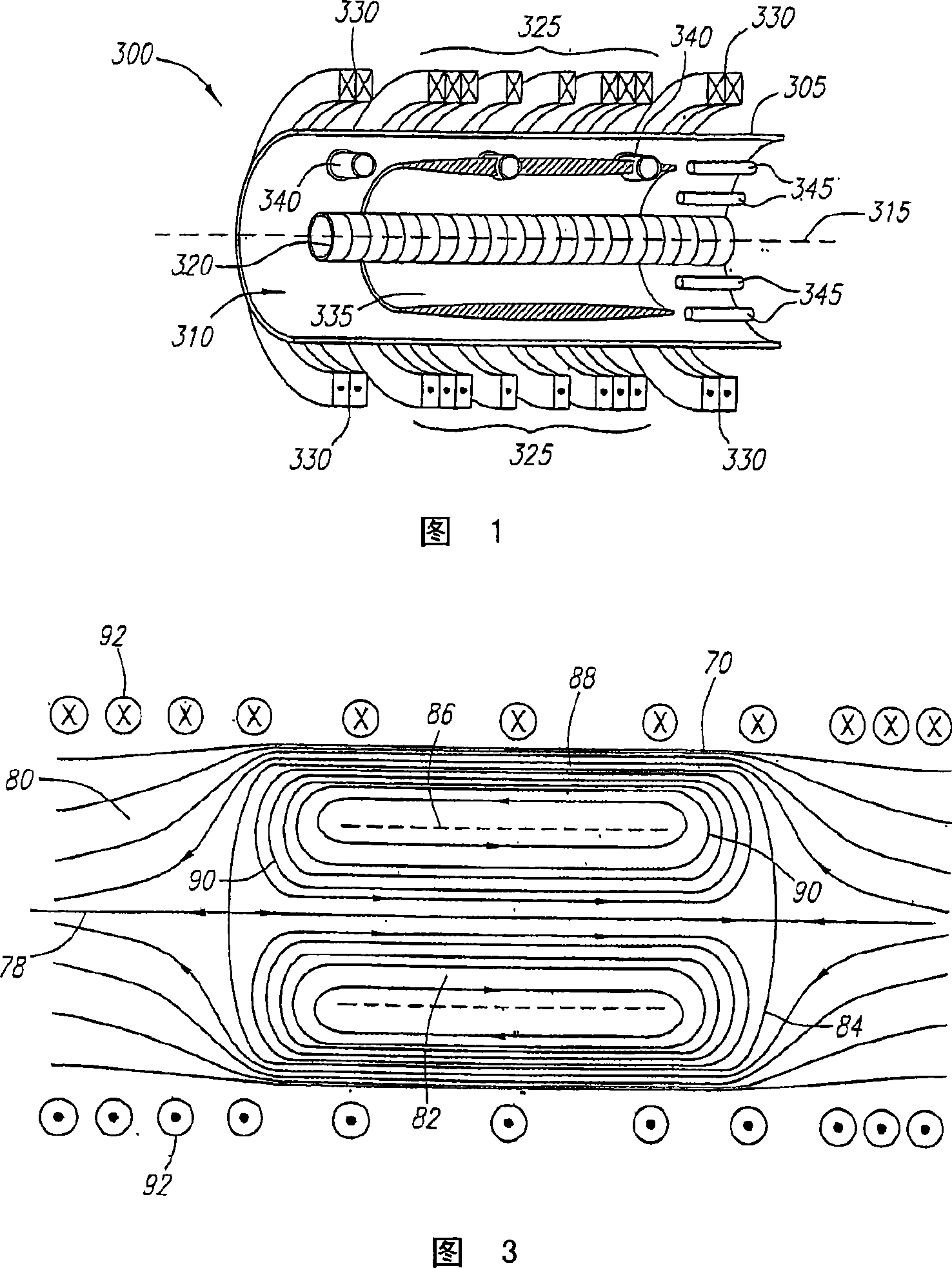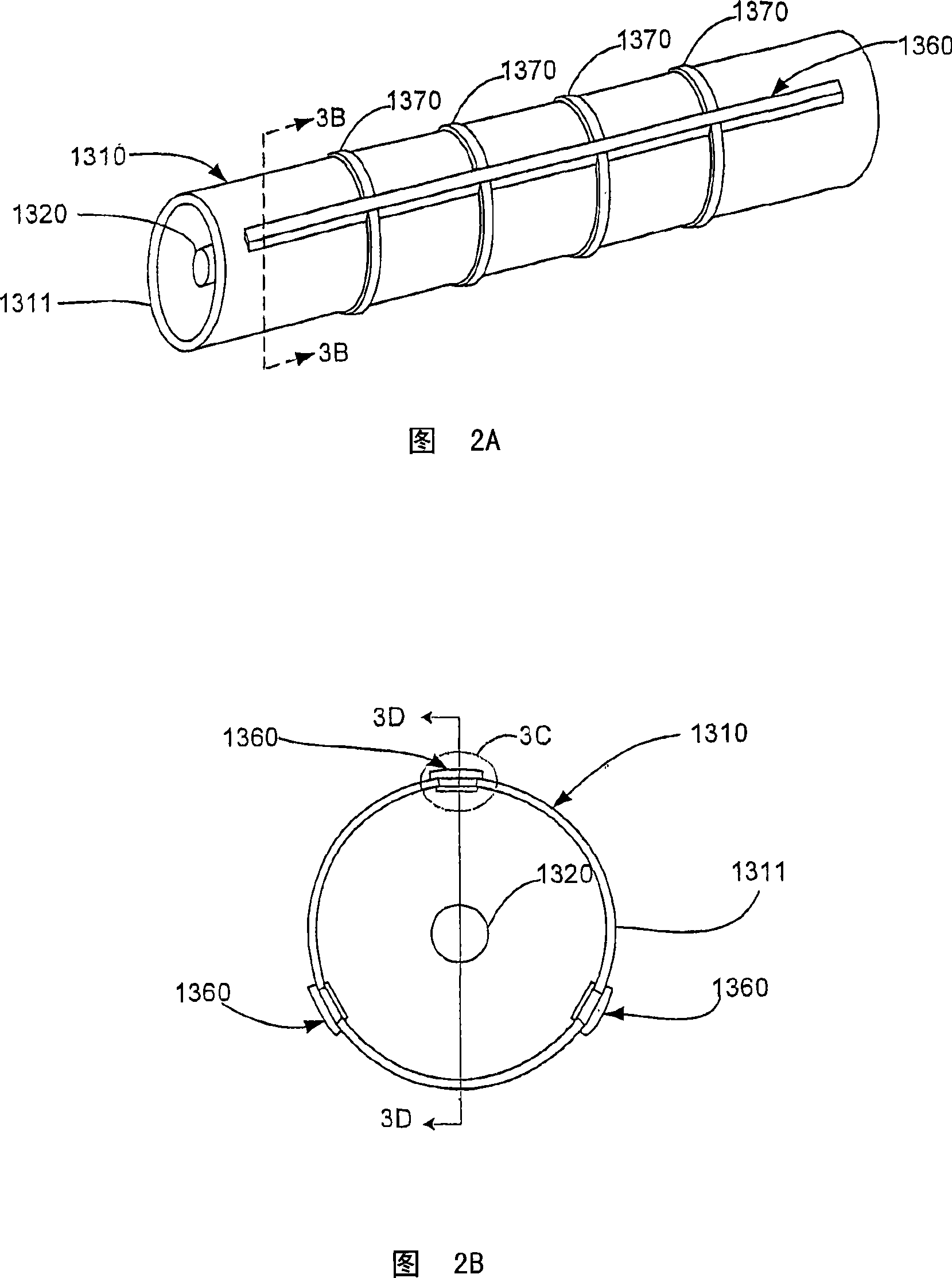Plasma electric generation system
A technology of plasma and ion beam implantation, applied in the field of in vitro physics, which can solve problems such as low efficiency and structural damage
- Summary
- Abstract
- Description
- Claims
- Application Information
AI Technical Summary
Problems solved by technology
Method used
Image
Examples
Embodiment Construction
[0075]As illustrated above, the plasma power generation (PEG) system of the present invention preferably includes a collision beam fusion reactor (CBFR) coupled to a direct energy conversion system. As mentioned above, an ideal fusion reactor solves the problem of anomalous migration of both ions and electrons. The solution to the anomalous migration problem found here utilizes a closed system with a magnetic field in a field-reversed configuration (FRC). In such a way, that most ions have large non-adiabatic orbitals, making them insensitive to short-wavelength fluctuations that cause anomalous migration of adiabatic ions, which is avoided by magnetic field confinement in the FRC. In particular, there are regions in the FRC where the magnetic field disappears, making it possible to have plasmas that include mostly non-adiabatic ions. For electrons, the anomalous transfer of energy is avoided by tuning the applied magnetic field so that a strong electric field appears. The s...
PUM
 Login to View More
Login to View More Abstract
Description
Claims
Application Information
 Login to View More
Login to View More - R&D
- Intellectual Property
- Life Sciences
- Materials
- Tech Scout
- Unparalleled Data Quality
- Higher Quality Content
- 60% Fewer Hallucinations
Browse by: Latest US Patents, China's latest patents, Technical Efficacy Thesaurus, Application Domain, Technology Topic, Popular Technical Reports.
© 2025 PatSnap. All rights reserved.Legal|Privacy policy|Modern Slavery Act Transparency Statement|Sitemap|About US| Contact US: help@patsnap.com



